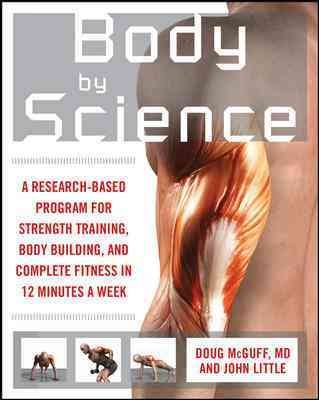 Illustrations, diagrams, and drawings accompany this once-a-week, high-intense workout program designed to strengthen the body, increase metabolism, and build muscle, complete with appendix of references supporting each claim.
Illustrations, diagrams, and drawings accompany this once-a-week, high-intense workout program designed to strengthen the body, increase metabolism, and build muscle, complete with appendix of references supporting each claim.(Check Catalog)
 Illustrations, diagrams, and drawings accompany this once-a-week, high-intense workout program designed to strengthen the body, increase metabolism, and build muscle, complete with appendix of references supporting each claim.
Illustrations, diagrams, and drawings accompany this once-a-week, high-intense workout program designed to strengthen the body, increase metabolism, and build muscle, complete with appendix of references supporting each claim.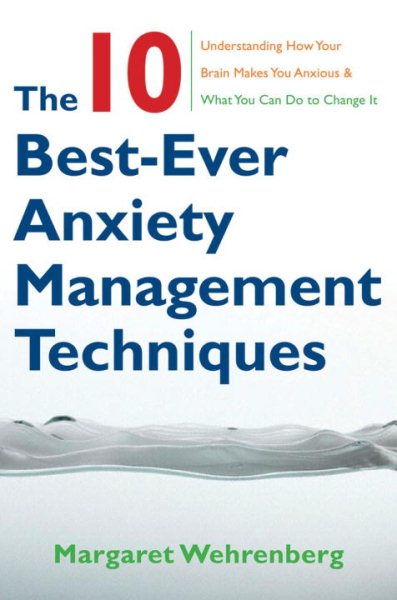 A licensed psychologist in private practice, Wehrenberg is a popular public speaker and the author of The Anxious Brain. In this book she offers general readers an accessible treatment of the causes of anxiety and a number of straightforward, proven ways for diminishing it. Designed for readers to use on their own or with a therapist, the text opens with a section on brain basics including how the brain functions to cause anxiety and the role of drugs in treating anxiety. The bulk of the book focuses on techniques for relieving the physical symptoms of anxiety, for managing the anxious mind, and for managing anxious behavior--ranging from diaphragmatic breathing and self-talk, to mindfulness, muscle relaxation, and "plan to panic" strategies--to help users learn to train their brain, manage stress, and regain control of their lives.
A licensed psychologist in private practice, Wehrenberg is a popular public speaker and the author of The Anxious Brain. In this book she offers general readers an accessible treatment of the causes of anxiety and a number of straightforward, proven ways for diminishing it. Designed for readers to use on their own or with a therapist, the text opens with a section on brain basics including how the brain functions to cause anxiety and the role of drugs in treating anxiety. The bulk of the book focuses on techniques for relieving the physical symptoms of anxiety, for managing the anxious mind, and for managing anxious behavior--ranging from diaphragmatic breathing and self-talk, to mindfulness, muscle relaxation, and "plan to panic" strategies--to help users learn to train their brain, manage stress, and regain control of their lives.
Eat all of your favorite supermarket foods—and watch the pounds disappear
You can burn fat and sculpt the body you’ve always wanted—and even save money in the process—without dieting. All you need is the insider’s guide to smart, healthy, low-cost food choices. And now, the right choices are simple!
From the produce section to the frozen-food aisle, the modern supermarket is loaded with 50,000 food choices, all vying for your hard-earned money. No wonder it’s hard to know what to buy. But with Eat This, Not That! Supermarket Survival Guide, the smart answers are right in your hands. No more fake “healthy” foods. No more rip-off supermarket “bargains.” No more disappointing meals. And most important of all, no more extra pounds!
Did you know:
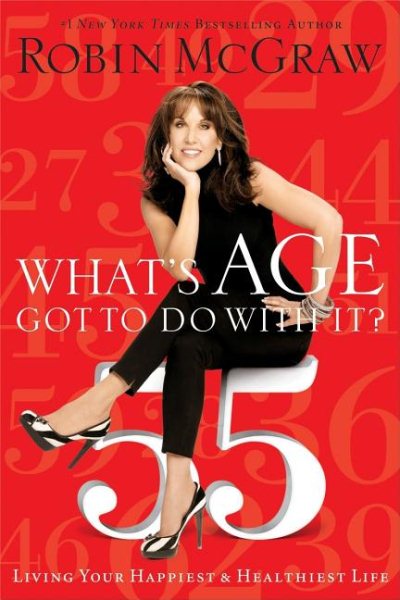 Discusses the importance of taking charge of one's health and offers advice on nutrition, skin care, makeup, hair, fashion, fitness, and managing menopause.
Discusses the importance of taking charge of one's health and offers advice on nutrition, skin care, makeup, hair, fashion, fitness, and managing menopause.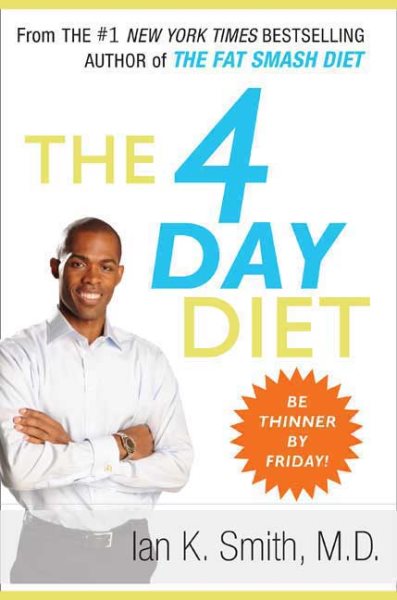 The VH1 "Celebrity Fit Club" diet expert and author of The Fat Smash Diet and Extreme Fat Smash Diet outlines a lifestyle program designed to retrain the brain to diet naturally, in a guide that covers such topics as setting realistic goals, using visualization exercises, and enjoying food while tracking one's intake.
The VH1 "Celebrity Fit Club" diet expert and author of The Fat Smash Diet and Extreme Fat Smash Diet outlines a lifestyle program designed to retrain the brain to diet naturally, in a guide that covers such topics as setting realistic goals, using visualization exercises, and enjoying food while tracking one's intake.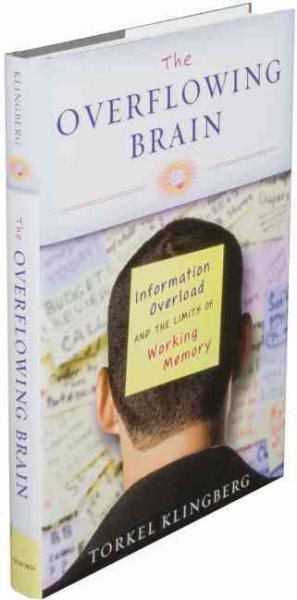 As the pace of technological change accelerates, we are increasingly experiencing a state of information overload. Statistics show that we are interrupted every three minutes during the course of the work day. Multitasking between email, cell-phone, text messages, and four or five websites while listening to an iPod forces the brain to process more and more informaton at greater and greater speeds. And yet the human brain has hardly changed in the last 40,000 years.
As the pace of technological change accelerates, we are increasingly experiencing a state of information overload. Statistics show that we are interrupted every three minutes during the course of the work day. Multitasking between email, cell-phone, text messages, and four or five websites while listening to an iPod forces the brain to process more and more informaton at greater and greater speeds. And yet the human brain has hardly changed in the last 40,000 years.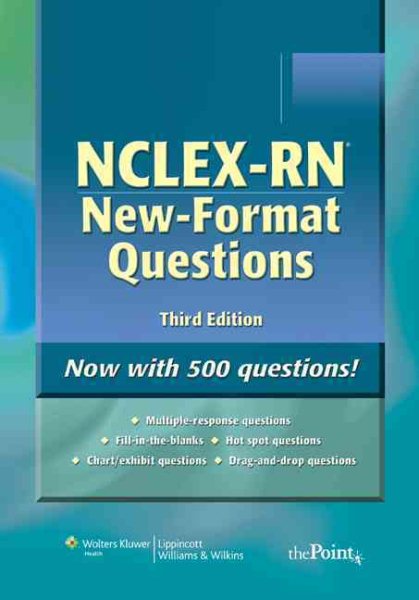
NCLEX-RN® New-Format Questions, Third Edition provides 350 samples of the five types of alternate-format questions—multiple-response multiple-choice questions, fill-in-the-blank calculation questions, exhibit/chart questions, drag-and-drop questions, and "hot spot" questions—in the style and format used on the current NCLEX-RN® test plan. Each question contains a critical thinking test taking strategy, a reference citation, and the applicable integrative process. The book uses the popular two-column format with questions in the left column and answers with rationales in the right column. This edition also includes two brand-new comprehensive tests, each containing 75 questions.
A companion Website will include all questions in the book plus an NCLEX® tutorial.